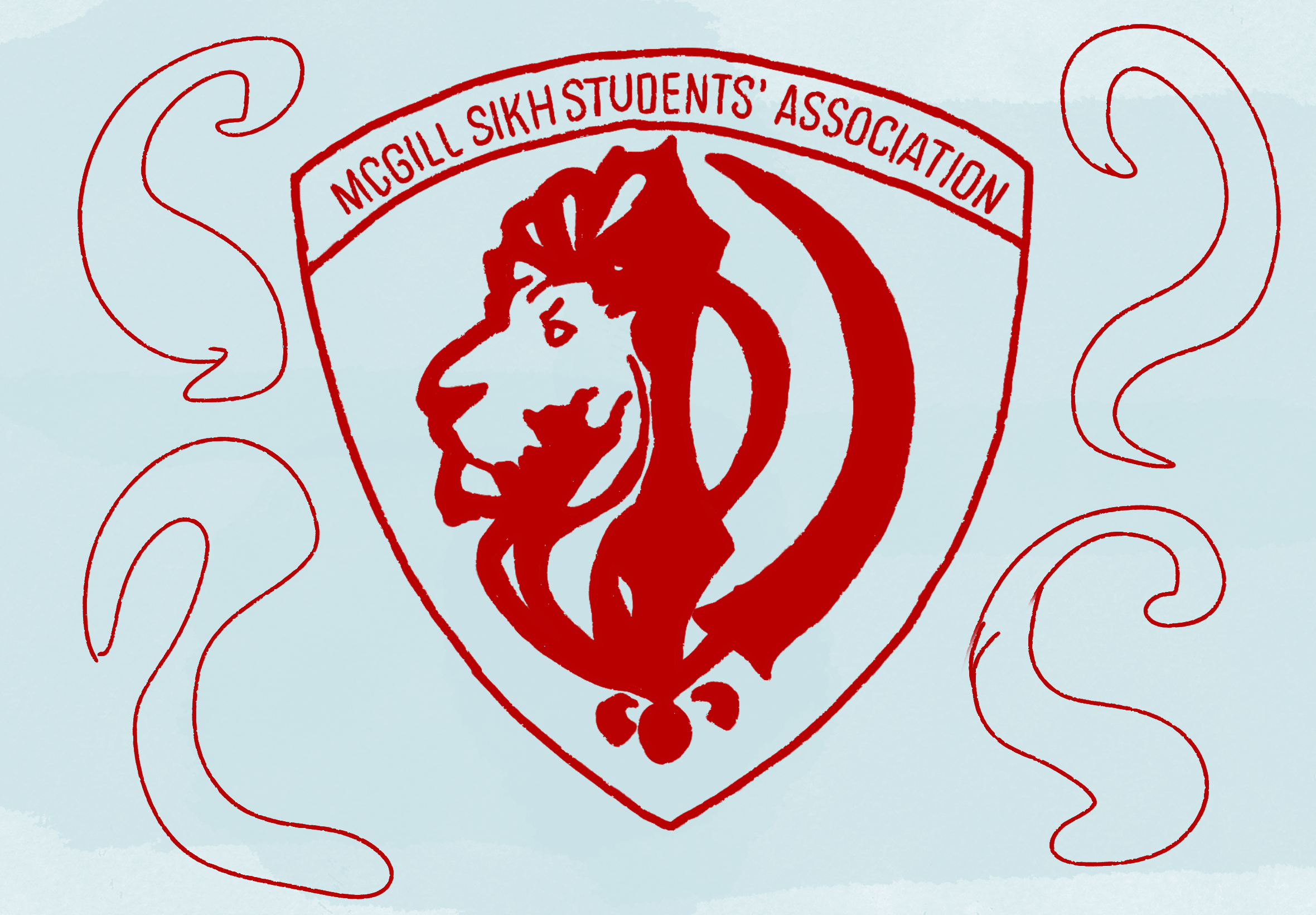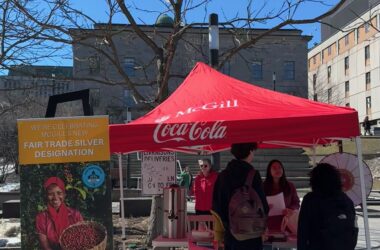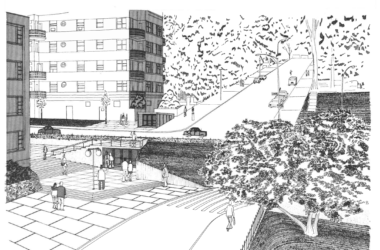Ahead of Valentine’s Day, the History Students’ Association (HSA) and the Classic Students’ Association (CSA) hosted their annual “Love In The Time Of” panel on Feb. 10. The event featured four researchers and faculty members from the department of history and classical studies who delivered lectures on diverse instances of love throughout time, including love’s impact on socialism and queer histories in London.
The evening began with Natalie Cornett, a postdoctoral research fellow in the history department. Her lecture focussed on Rosa Luxemburg, a socialist revolutionary, and her reflections on love and joy while imprisoned in Germany for her political activities. While incarcerated, Luxemburg wrote letters to console her colleague and friend Sophie Liebknecht, a member of the Communist Spartacus League whose husband was also in prison.
Cornett drew interesting connections between socialism and love. Given that one of the goals of socialism is to rid humanity of inequality and egotism, many socialist thinkers, including Luxemburg, drew inspiration from the Romantic period and earlier concepts of love when crafting their political agenda. These influences were reflected in Luxemburg’s letters; despite being surrounded by death and poor living conditions, she nevertheless showed Liebknecht compassion and love, urging her to stay strong.
Following Cornett’s lecture, archaeology professor Darian Totten discussed the history of bromance through skeletons. Twenty years ago, a pair of skeletons holding hands dating back to Ancient Rome were discovered in Modena, Italy. When the story broke, many assumed it was a heterosexual couple buried together. Professor Totten explained that because the skeletons were poorly preserved, it was initially difficult to tell their gender through the pelvis or the size of the skull. However, new technologies that detect the peptides in teeth, which differ between sexes, revealed that both the skeletons were male.
Totten proposed that the relationship between the two skeletons could have been a bromance. This should come as no surprise, Totten explained, referencing the iconic first Imperial bromances between Maecenas and Augustus and later of Marcus Agrippa and Augustus. Statues of soldiers who displayed affection for each other were also common in Ancient Rome.
However, Totten points out that the relationship between the skeletons will never be certain just by looking at the burial and analyzing the historical context at the time.
“When we look at burials, we have to be really careful because they might not represent the final wish of the individuals who had died, especially individuals who die earlier in life and don’t necessarily express their wishes before they die,” Totten said.
The penultimate speaker of the night, professor Brian Lewis, explored the love life of English gay novelist E.M. Forster. Forster lived in England during the 19th and 20th centuries, when queer relationships were illegal. As Forster grew older, Lewis explained, he became more aware of his sexuality, especially in his 20s. Forster dreamed of a world where he could freely love a man and be loved by a man. In 1930, Forster was experiencing loneliness, despite being a successful literary figure. It was during this low state when he met Bob Buckingham. After exchanging books and knowledge, they pursued a sexual relationship, despite Bob’s heterosexual marriage.
“For much of the second half of his life, he had lived at least part of his dream to love a strong man of the lower classes and to be loved by him,” Lewis said.
Though Valentine’s Day in the modern age is traditionally tied to romance and gift-giving, “Love In The Time Of”’s annual reflections look to the past to redefine love and uncover its enduring multiplicity.








